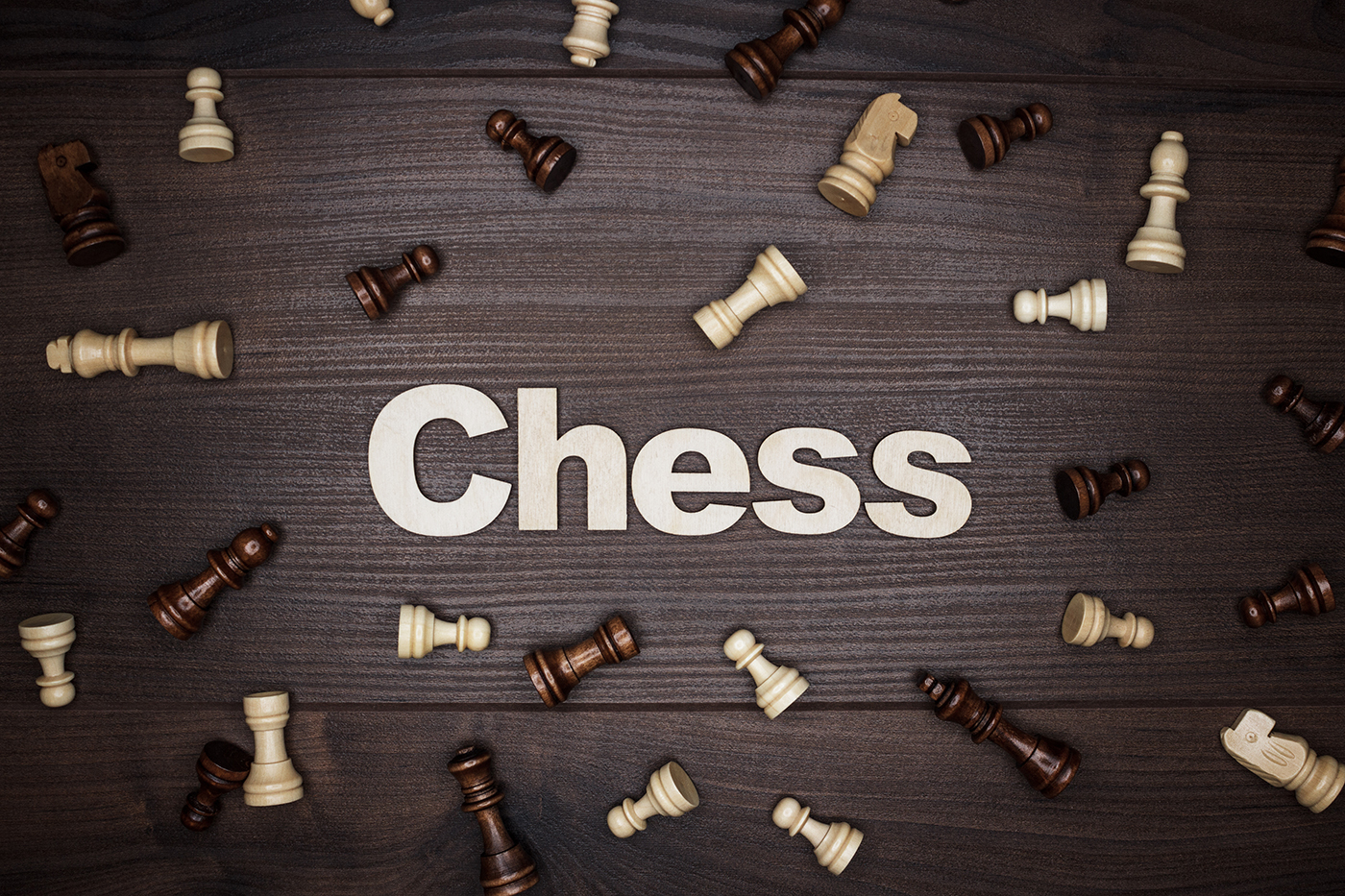Whether you’re a seasoned player or just starting out, choosing the right chess pieces is crucial to your success on the board. These pieces are the tools of the game and play an integral role in how you strategically maneuver your way to victory. With so many options available, though, it can be challenging to know where to start. Let’s take a closer look at the different types of chess pieces, their purposes, and what sets them apart from each other.
The first thing you’ll likely notice about chess pieces is their shape. They are typically divided into two groups: pawns and pieces. While pawns are the smallest and most numerous pieces on the board, pieces each have their own specific powers and movements. The king and queen are the most crucial pieces, and losing either one will often result in losing the game. The queen is typically the most powerful piece on the board, able to move in any direction and capture other pieces. The king can only move one square at a time but must be protected at all costs.
The bishop is another powerful chess piece that moves diagonally across the board. Players typically have two bishops, one that moves on white squares and one that moves on black squares. The knight is an infamous piece that moves in an L-shape and is often used to jump over other pieces in tricky maneuvers. Rooks, or castles, are also effective pieces that move straight up, down, or sideways. They can be used to corner other pieces or protect your own.
Finally, we have the pawns. These small pieces can only move forward one square at a time, except for their first move when they can move two. They are often used to protect other pieces or create barriers on the board. Pawns can also be promoted to another piece if they make it to the other side of the board.
Conclusion:
Choosing the right chess pieces is essential for any serious player. Each piece has its specific powers, movements, and limitations that must be taken into account during the game. Understanding the different types of chess pieces and their purposes will help you strategize and outsmart your opponent. With practice and experience, you’ll learn how to use each piece to its full potential, resulting in a tournament victory or a casual win against a friend. So, pick your favorite pieces, set up your board, and let the game begin!

